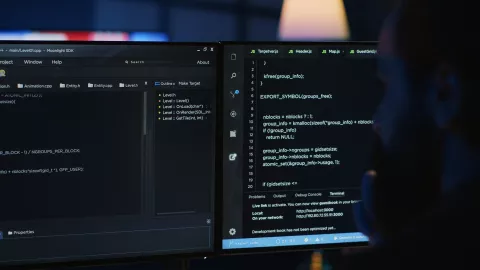How to Automate Leave and Attendance Tracking

Managing employee leave and attendance is one of the most time-consuming HR responsibilities. Manual spreadsheets and paper-based systems not only slow down processes but also create opportunities for errors, disputes, and compliance issues. Automation offers a smarter way forward — saving time, improving accuracy, and giving both employees and HR teams a smoother experience.
Why Automate Leave and Attendance Tracking?
Before diving into the "how," let’s explore why automation is so valuable:
- Accuracy: Automated systems reduce errors in calculations, balances, and reporting.
- Transparency: Employees can view their leave balances and request time off without HR intervention.
- Efficiency: Approvals and updates happen instantly, saving HR countless hours.
- Compliance: Systems can be configured to reflect local labor laws and company policies.
- Data Insights: Real-time reports help HR monitor absenteeism trends and workforce productivity.
Steps to Automate Leave and Attendance
1. Choose the Right HRM System
Select a Human Resource Management (HRM) solution that includes leave and attendance modules. Look for features such as:
- Self-service portals for employees
- Mobile access for on-the-go updates
- Integration with payroll systems
- Customizable leave policies
(Example: Bizon360 HRM offers all of these, making it easy for both employees and managers to stay aligned.)
2. Define and Digitize Leave Policies
Clearly outline your leave types (sick leave, vacation, maternity, etc.) and rules (carryover limits, approvals required). Upload these into the system so they’re automatically applied when requests are made.
3. Integrate Time-Tracking Tools
Attendance can be captured via biometric devices, mobile apps with geolocation, or web-based check-ins. Integration ensures accurate logs of work hours, overtime, and absences.
4. Enable Self-Service Requests and Approvals
Employees should be able to request leave directly in the system, with managers receiving instant notifications for approval or rejection. This eliminates paperwork and back-and-forth emails.
5. Automate Notifications and Reminders
Set up automatic alerts for:
- Upcoming leave
- Shift coverage needs
- Policy violations (e.g., exceeding leave limits)
This keeps everyone informed without manual follow-ups.
6. Generate Real-Time Reports
Use dashboards to track absenteeism, leave patterns, and their impact on productivity. These insights can inform workforce planning and performance evaluations.
Best Practices for Success
- Train employees and managers to use the system effectively.
- Regularly update policies in the system to stay compliant with labor regulations.
- Review analytics quarterly to identify trends and address issues like frequent absenteeism.
- Ensure data security by choosing platforms with strong privacy and compliance features.
Final Thoughts
Automating leave and attendance tracking transforms HR operations from reactive to proactive. With the right system in place, organizations can improve efficiency, maintain compliance, and foster employee trust. Instead of wasting hours on administrative tasks, HR teams can focus on what really matters — building a better workplace.
- Log in to post comments


